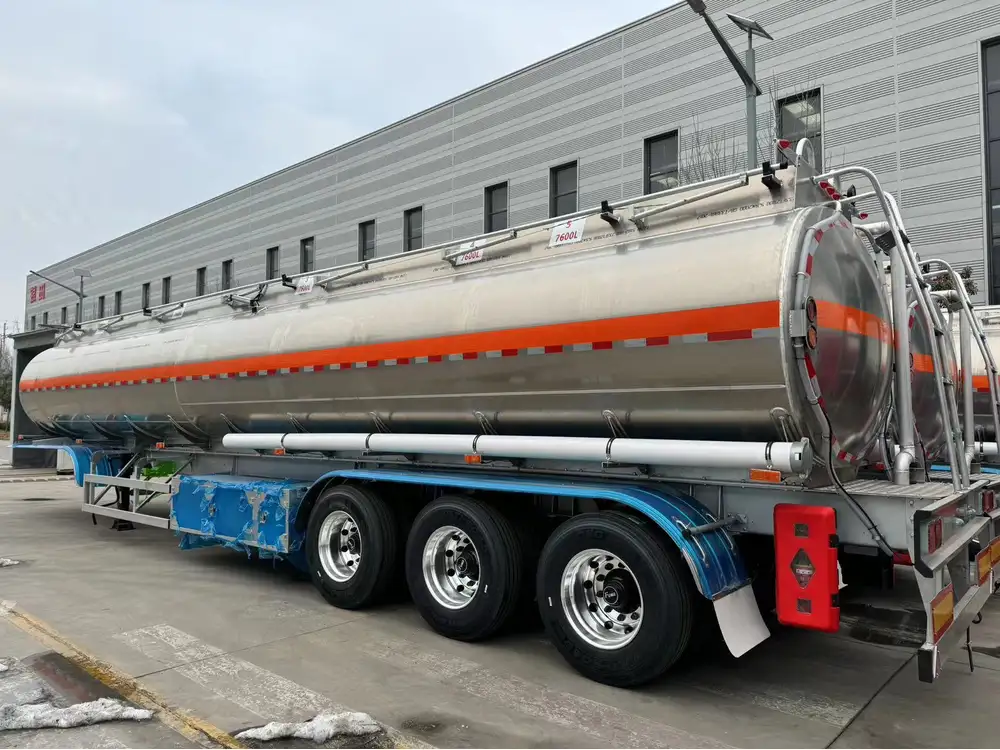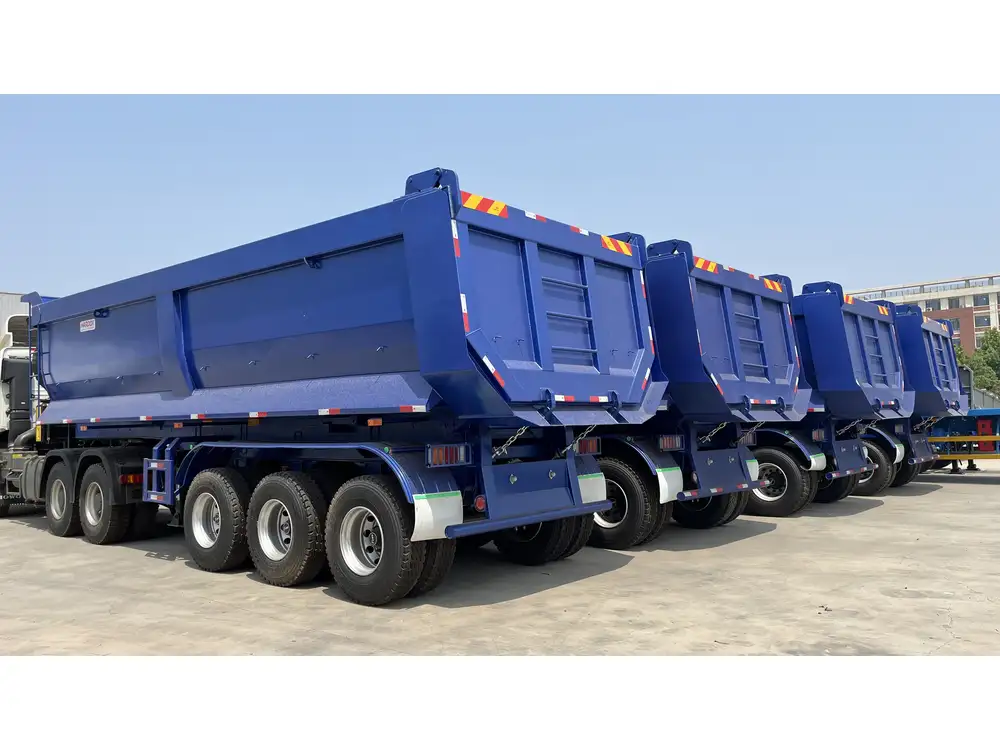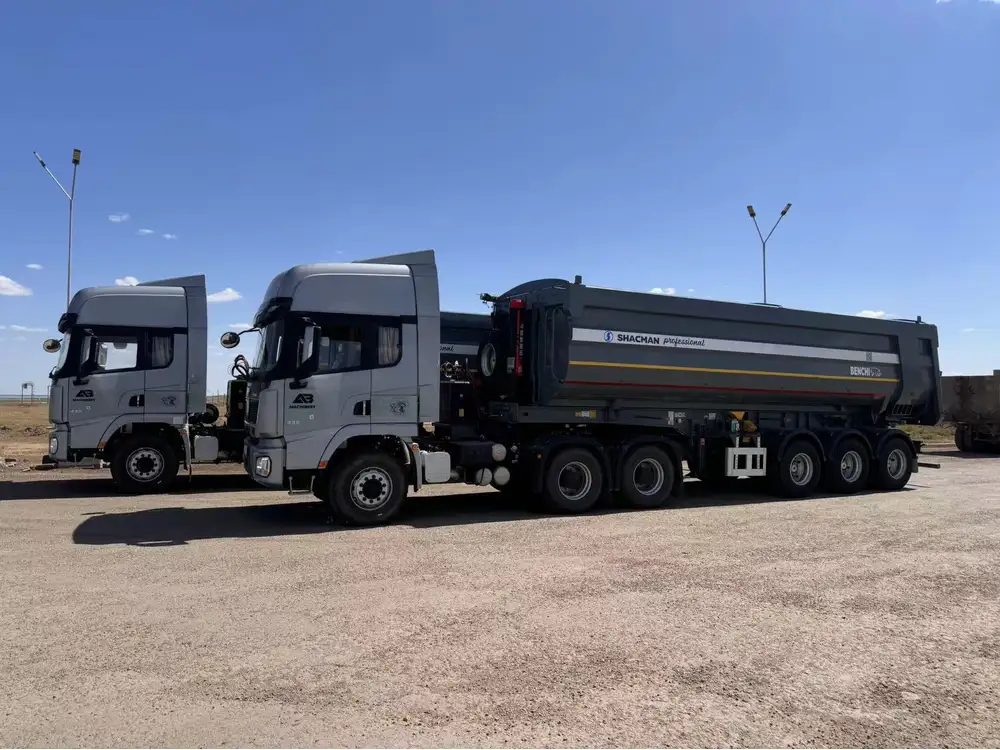Building a flatbed bike trailer is an exciting and practical project that can enhance your cycling experience by allowing you to transport goods easily. Whether you need it for camping, grocery runs, or hauling garden supplies, a DIY flatbed trailer can be a game-changer. In this guide, we will meticulously walk you through each step of the process, ensuring you have a clear understanding of materials, tools, and techniques required. We emphasize durability, functionality, and ease of construction, catering to both the novice and experienced DIY enthusiast.
Understanding the Basics of a Flatbed Bike Trailer
What is a Flatbed Bike Trailer?
A flatbed bike trailer is a wheeled attachment designed to be towed behind a bicycle. Unlike traditional bike trailers with enclosed compartments, flatbed trailers offer a simple platform, making them versatile for various hauling tasks. Their open design allows for easy loading and unloading while maintaining a low profile that ensures stability during transit.

Advantages of a Flatbed Bike Trailer
- Customizability: Tailor the size and features according to your needs.
- Cost-Effective: Building your own trailer saves money compared to buying pre-made options.
- Transport Versatility: Perfect for hauling everything from camping gear to tools.
- Eco-Friendly: Reducing reliance on vehicles contributes to a greener lifestyle.
Materials Needed for Your Flatbed Bike Trailer
Core Components
| Material | Purpose |
|---|---|
| Plywood or Composite Board | The trailer bed, providing a sturdy base. |
| Steel/Aluminum Tubing | Frame construction for durability and strength. |
| Wheels (Bicycle or Utility) | Providing mobility. Choose based on load capacity. |
| Axle | Connecting the wheels for smooth rotation. |
| Tow Bar (Bike Hitch) | Attaching the trailer to the bike securely. |

Additional Supplies
- Bolts, Nuts, and Washers: For fastening components together.
- Paint or Sealant: To protect from the elements.
- Reflectors or Lights: For safety and visibility.
- Straps: For securing your load.
Tool Requirements
| Tool | Purpose |
|---|---|
| Drill | For making holes in the frame and bed. |
| Saw (Circular or Jigsaw) | Cutting wood and metal tubing to size. |
| Wrenches | For tightening bolts and nuts. |
| Measuring Tape | Ensuring accurate dimensions. |
| Level | To ensure the trailer is balanced. |
Step-by-Step Construction Process

Step 1: Design Your Trailer
Before you start building, sketch your trailer design. Consider the following:
- Dimensions: Determine how large your trailer needs to be based on the items you plan to carry. A common size is approximately 4 feet long by 2.5 feet wide.
- Weight Capacity: Make sure the materials you choose can support the load you intend to haul. Typically, a flatbed trailer can handle between 100 to 300 pounds.
Step 2: Prepare the Materials
- Cut Plywood: Using your saw, cut the plywood to your desired trailer dimensions. A thicker plywood (at least ¾ inch) will be more robust and provide better support.
- Cut Frame Components: Cut your steel or aluminum tubing into four rectangular pieces that will support the plywood bed. The size should reflect the outer dimensions of the trailer base.
Step 3: Assemble the Frame
- Layout: Arrange the frame pieces to create a rectangular shape, positioning them around the edges of the plywood.
- Secure the Frame: Drill holes and use bolts to connect the corners. Ensure everything is square using your level to check.

Step 4: Attach the Trailer Bed
- Position the Plywood: Place the cut plywood sheet on top of the frame.
- Secure the Bed: Use screws or additional bolts to attach the plywood to the frame, ensuring it is tightly fastened.
Step 5: Install the Axle and Wheels
- Position the Axle: The axle should be mounted centrally beneath the trailer bed. Mark the location based on the wheel size.
- Attach the Wheels: Secure the wheels onto the axle. Ensure they spin freely and check for alignment.
Step 6: Create the Tow Bar
- Cut the Tow Bar: Use the remaining tubing to create a tow bar that will connect your trailer to the bike.
- Drill and Attach: Drill holes in the frame and attach using bolts. The tow bar should be angled slightly upward when connected to the bike for optimal towing position.

Step 7: Final Touches
- Paint and Seal: Apply paint or a sealant to protect the wood from moisture.
- Add Reflectors: Attach reflectors or lights for safety, especially if you plan to use the trailer after dark.
- Test Your Trailer: Before hitting the road, check for stability and secure any loads tightly.
Safety Tips for Trailer Use
- Weight Distribution: Center the load to prevent tipping.
- Keep It Light: Avoid overloading to ensure safe biking.
- Secure Loads: Always use straps or bungee cords to keep items in place during transit.
- Maintain Visibility: Ensure reflectors are visible from all angles and that the trailer does not obscure your bike’s lights.
Common Issues and Solutions
| Problem | Solution |
|---|---|
| Trailer Wobbling | Check tire pressure and load distribution. |
| Difficulty Steering | Reduce the load or adjust the tow bar angle. |
| Noise During Ride | Check all bolts; apply lubrication to axle. |
| Tires Wear Quickly | Ensure correct tire size and pressure. |

Conclusion
Crafting a flatbed bike trailer is not only a rewarding DIY project but also a fantastic addition to your cycling toolkit. By following these detailed steps and keeping safety in mind, you can create a functional and safe trailer tailored to your transportation needs. Embrace your creativity, enhance your cycling adventures, and enjoy the freedom of hauling your gear with ease. Whether for work, play, or utility, a flatbed bike trailer is an enhancement that promotes a more active and sustainable lifestyle, inviting both utility and adventure into your cycling experience.
Now that you are armed with knowledge and guidance, it’s time to gather your materials, put on your work gloves, and construct your very own flatbed bike trailer!



